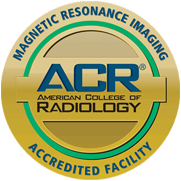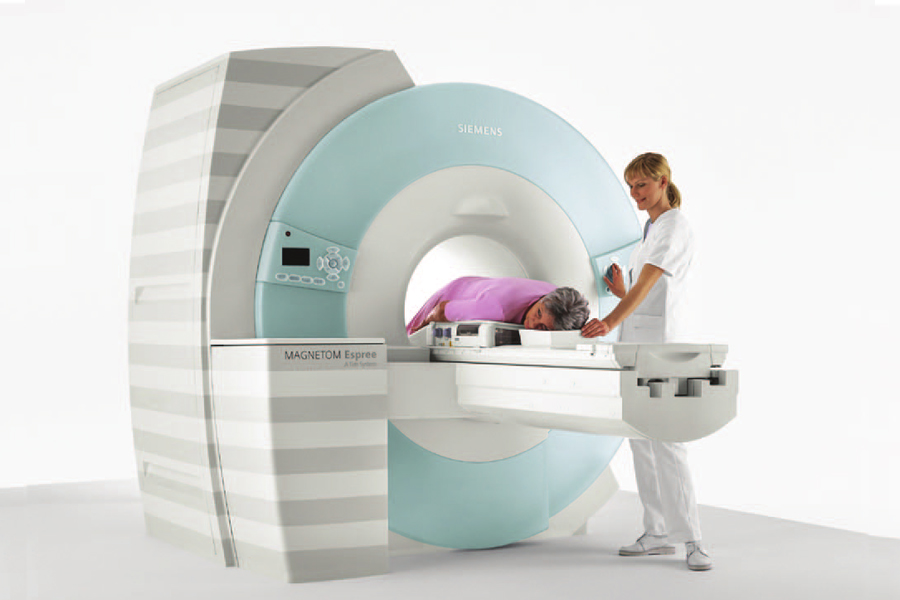Breast MRI at ZP
Magnetic resonance imaging (MRI) of the breast uses a powerful magnetic field, radio waves, and a computer to produce detailed pictures of the structures within the breast. Breast MRI is primarily used as a supplemental tool to breast screening, usually used with mammography or breast ultrasound. A breast MRI may be used to screen women at high risk for breast cancer, evaluate the extent of cancer following diagnosis or further evaluate abnormalities seen on mammography. To schedule an appointment with our team, contact our office today.


Who Should Consider a Breast MRI?
- Women with BRCA1 or BRCA2 mutation.
- Women with a first-degree relative, like a sister, mother, or daughter, with a BRCA1 or BRCA2 mutation.
- Women with a 20% to 25% or greater lifetime risk of breast cancer, based on one of several accepted risk assessment tools that look at family history and other factors.
- Women who have had radiation treatment to the chest between the ages of 10 and 30, such treatment of Hodgkin disease.
- Women with genetic disorders like Li-Fraumeni syndrome, Cowden syndrome, or Bannayan-Riley-Ruvalcaba syndrome.
Breast MRI Is Used For

Screening High-Risk Women

Gathering More Information About An Area of Suspicion

Monitoring for Recurrence After Treatment
How Breast MRI Works
In preparation for the MRI, a nurse or technologist will insert an IV into your arm. This will be for the contrast dye given during your exam, which will enhance the images. During this time, tell the nurse or technologist if you are allergic to the dye and a substitute will be provided. It is also important to let your nurse know if you are nursing or pregnant. There is no special preparation for the exam, meaning you can eat or drink as usual. However, it is essential that you communicate with your technologist if you have piercings; rods, screws, plates, or artificial joints; a pacemaker or defibrillator; metal dental work; an IUD; tissue expanders; IVC filters or stents; tattoos, or a continuous infusion pump.
You will lie face-down on a padded table, which will have a hole cut out for your face and a padded rest for your forehead so you can rest and breathe comfortably. Your breasts will fall freely into an opening. The contrast dye is then injected into the IV, which will highlight abnormal areas and show up on the image. It is noisy during the exam, so earplugs will be provided to reduce some of the noise. You will still be able to hear and talk to the technologist through the intercom system. The key to getting good images is to relax and breathe normally, so don’t lift your head and try not to move out of position.
Once the procedure is done, the IV will be taken out of your arm and you will be assisted off of the table. It is recommended to drink plenty of water after the exam to flush the contrast dye out of your system.
Staying Relaxed During the Exam
A breast MRI can take anywhere from 30 minutes to 60 minutes, which is an uncomfortable amount of time for some people to spend in a tight space. During this time, it is absolutely essential that you lay as still as possible without moving or tensing your muscles. You can discuss ways that would help you relax with your technologist, or you can try to picture a calm place, count to distract yourself, or listen to music. You can take medicine to relax for the MRI, but be sure to consult with your technologist for necessary precautions.
If you have questions about breast MRI, please don’t hesitate to reach out to our team. Zwanger-Pesiri takes a patient-centric approach to all that we do, ensuring that every patient that walks through our doors feels welcomed, safe, and comfortable. The women’s imaging services we offer in Long Island are offered so women have access to diagnostic imaging that gives them a holistic image of their health.
Content coming soon.
